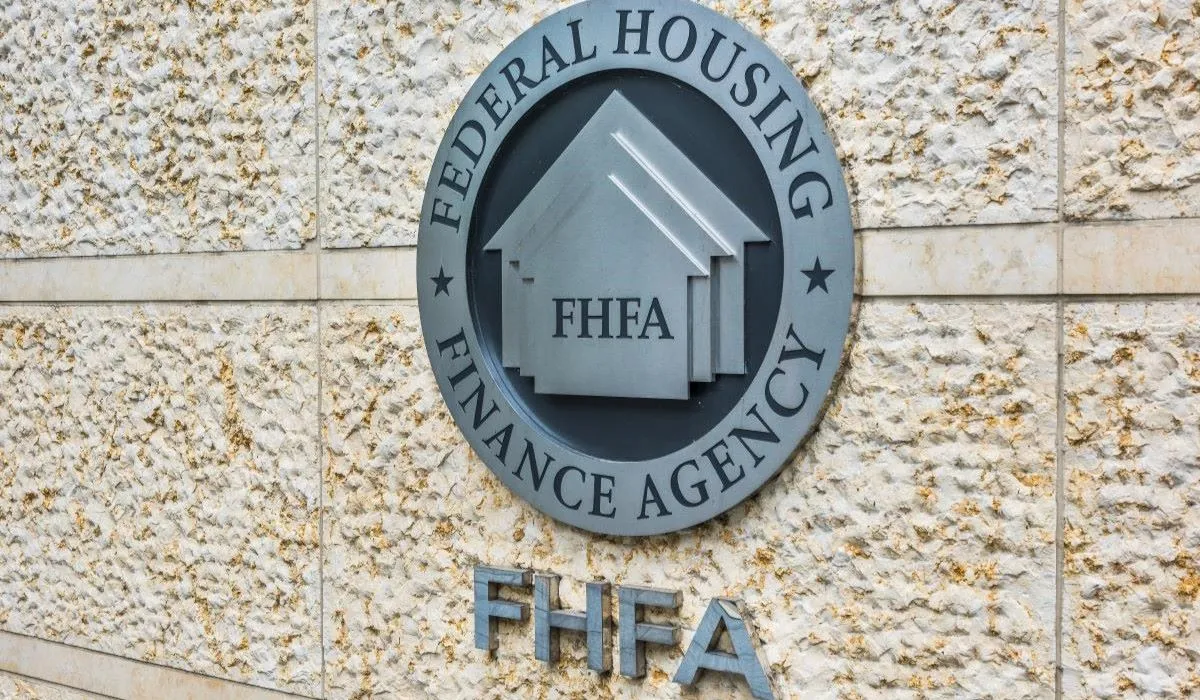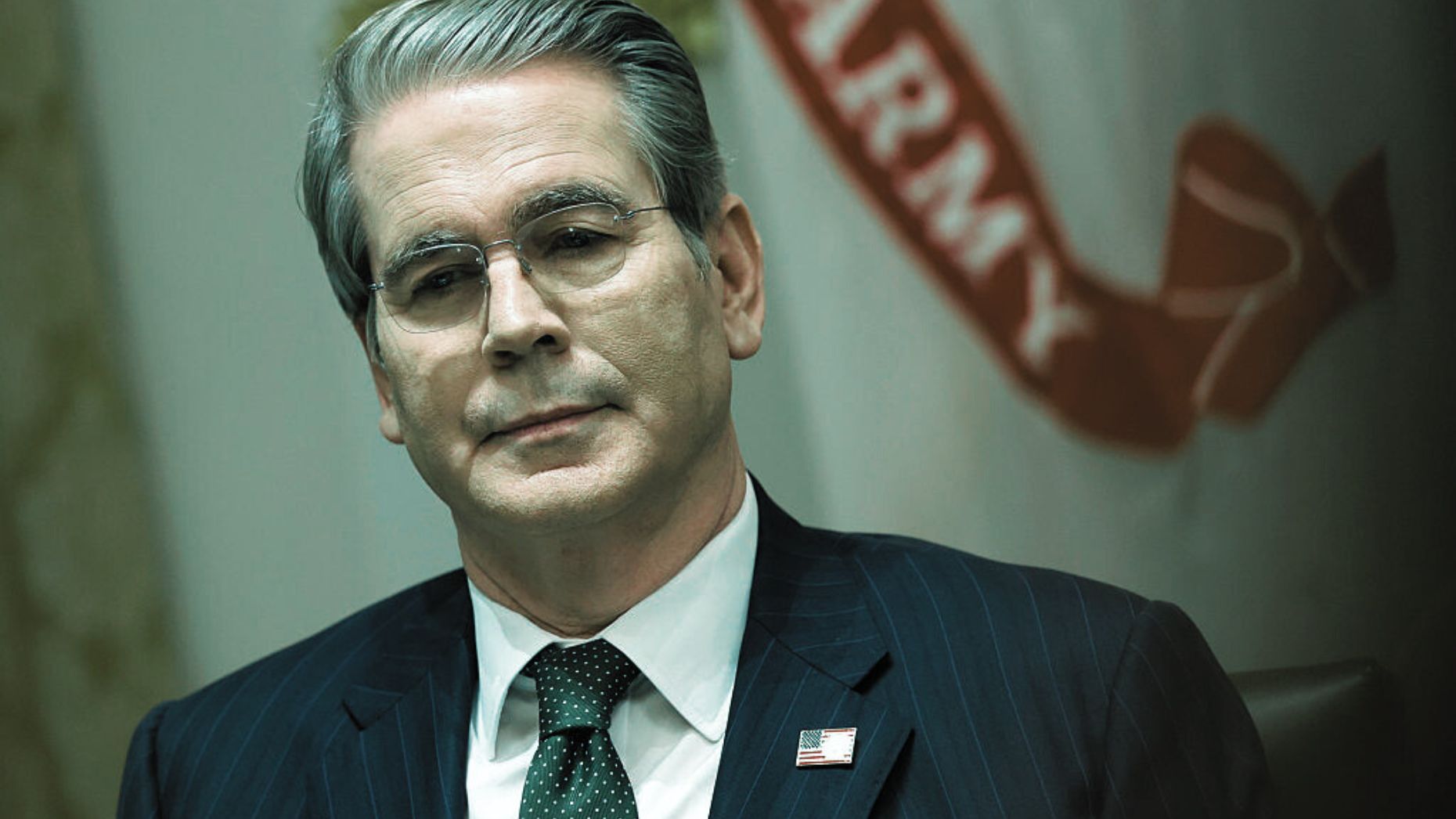Our coverage of the November meeting of the The Reserve Bank of Australia (RBA) has ended. The RBA has held the cash rate at 3.6%.
The RBA's next decision on interest rates will be on December 9.
Mortgage stress has remained elevated despite RBA governor Michele Bullock announcing interest rate cuts in February, May and July. Picture: Christian Gilles
RBA to meet again to decide on interest rates in December
4:33pm
This concludes our live coverage of the RBA’s seventh cash rate decision of the year.
To recap, the RBA board has decided to keep the cash rate steady at 3.6% for the second month in a row after last week’s inflation data for the September quarter came in higher than expected.
Ms Bullock said in a press conference following the meeting that the board only discussed keeping interest rates on hold, and didn’t consider either cutting or raising interest rates.
Inflation is now forecast to remain outside the RBA’s 2-3% target band until the middle of next year, according to the RBA’s November Statement on Monetary Policy, released at the same time as the interest rate decision was announced.
The RBA board will meet one more time this year on 8-9 December. Please join us again next month as we cover the lead up to the RBA’s final decision for 2025.
In the meantime, keep updated over the next few weeks on realestate.com.au with all the latest commentary on the decision, forecasts from our in-house economist team, and expectations for the next meeting.
December rate cut unlikely
3:59pm
Ms Bullock said more data would be available by the next board meeting, but moved to temper any hopes of a rate cut in December.
“We’ve already had three interest rate cuts,” Ms Bullock said. “I know that mortgage holders always want more, but it's also important we keep inflation under control because that's ultimately what impacts people's living standards.”
Ms Bullock said keeping the cash rate steady could allow inflation to get back to target sooner.
“If you don't lower the cash rate from here it gives you a little bit more downward pressure on demand at the margin,” she said. “It might get you to 2.5% [inflation] a bit more quickly.”
Ms Bullock also said the board didn’t consider raising rates at today’s board meeting, despite the higher-than-expected inflation result.
‘Just below 3% is not good enough’
3:52pm
Ms Bullock said the RBA was ‘very definitely targeting 2.5%’ as the inflation rate, despite the uptick in the September quarter and the challenges getting inflation right down to the middle of the target band.
“Just below 3% is not good enough for the board,” Ms Bullock said.
Ms Bullock said the board didn’t have a bias one way or the other regarding rate cuts, and was dependent on data when deciding whether to cut the cash rate or hold it steady.
“The board is going to be going meeting by meeting and using data to inform the outlook.”
RBA board didn’t consider a rate cut
3:45pm
Ms Bullock said the RBA board didn’t even entertain the possibility of a rate cut at the November meeting.
“We didn’t consider cutting, we basically just talked about holding and the reasons to hold,” Ms Bullock said.
The governor also said there was a possibility that there were no more rate cuts to come, and said less easing in monetary policy may be needed compared to previous rate cutting cycles.
Inflation ‘materially higher than expected’
3:39pm
However, Ms Bullock said stronger price increases suggested there was more inflationary pressure in the economy than the bank thought before.
In the post-meeting press conference Ms Bullock has reiterated the assertion that inflation was “materially higher than expected”, but said some aspects of inflation were temporary, relating to travel costs, council rates and fuel.
“We still think there’s a bit of excess demand in the economy and this may be what is manifested in the inflation data,” Ms Bullock said.
Bullock to address the media
3:16pm
Governor Michele Bullock will appear at her usual post-rate announcement press conference shortly to speak through the board’s decision to hold the cash rate steady at 3.6%.
Ms Bullock is expected to discuss the uptick in inflation, as well as the RBA’s revised forecasts, which now have inflation returning to the midpoint of the target band later than previously expected.
The governor’s speech and the Q&A to follow will allow Ms Bullock provide an insight into the board’s decision-making process, and flag any areas for concern beyond the hotter-than-expected inflation figures that led to the decision to keep rates steady.
Read more: RBA keeps rates on hold as inflation gallops ahead
RBA forecast: Inflation to remain above target
2:59pm
The RBA has also released its quarterly Statement on Monetary Policy, which includes forecasts for where it thinks the economy could go in the months ahead.
Trimmed mean inflation — the RBA’s preferred measure — is now expected to remain at 3.2% until the middle of next year before moderating to 2.7% by the December quarter.
This puts inflation expectations outside the RBA’s 2-3% target band, and above its most recent forecast released in August.
The bank previously expected inflation to moderate to 2.6% through 2026 before settling at 2.5% by end of 2027.
The higher-than-expected results dampens the chances of any further rate cuts in the near term, given inflation is expected to remain at a level that’s higher than the RBA is comfortable with.
Inflation uptick prompts cautious stance as RBA holds rates at 3.6%
2.47pm
The RBA has issued a statement accompanying its decision to leave the cash rate at 3.6%, confirming the board’s decision was unanimous.
The board stated that inflation in the September quarter was “materially higher than expected” when the RBA released its forecasts in August.
This suggests inflationary pressure may remain in the economy, according to the statement.
The bank said it will take some time to see the full effects of earlier cash rate reductions.
Due to the recent evidence of persistent inflation the board said it was appropriate to remain cautious.
As usual, the statement reinforced the bank’s stance of relying on data to guide its decisions, including developments in the global economy, financial markets, inflation and employment.
Cash rate held
2:30pm
The RBA has opted to hold the cash rate steady at 3.60%. This is the first time this year that the RBA has kept the cash rate unchanged for two consecutive meetings.
The decision not to lower the rate as many borrowers had been hoping for comes after recent data confirmed both an uptick in inflation and a rise in the unemployment rate.
This was the board’s second last meeting for 2025, with the decision coming at the end of its two-day meeting.
The bank’s decision accompanying statement is expected to be published shortly and will outline the reasons for the bank’s decision to hold, as well as touching on the areas of concern it is considering and its outlook for the short- and medium-term.
The statement will also confirm how much consensus there was among the board members and how many were in favour of the decision to hold the rate.
Big banks dubious on cut chances
2:12pm
All four big banks have ruled out any chance of a cut from the RBA this afternoon, with all but one anticipating we have now reached the end of this cutting cycle.
Australia’s largest lender Commonwealth Bank has forecast the end of cuts for now, while National Australia Bank still anticipates there is some gas left in the RBA’s tank, but expects Aussies will have to wait until the middle of next year for any more easing.
Westpac is slightly more optimistic in its predictions, forecasting a cut in May next year, followed by another next August. While ANZ only expects the Reserve Bank to cut one more time in this cycle, it has locked in February for the expected date.
The RBA is likely to need plenty of time to regain control of inflation and then to be confident that it is coming back down into the 2-3% target range in a sustainable way.
Economist call: ‘No cut today’
1:56pm
The RBA will more than likely have their hands tied with today’s decision, having underestimated the jump in inflation. Using the cash rate to help nudge inflation downwards is one of the bank’s key fiscal objectives and one it’s unlikely to compromise on despite the sluggish economy.
“Following last week’s inflation overshoot, with trimmed mean inflation jumping 1% quarter-on-quarter and lifting annual core back to 3% at the top end of the RBA’s 2-3% target band, the RBA are likely to hold the cash rate,” said REA Group senior economist Eleanor Creagh.
“Underlying inflation pressure has broadened once again and is sitting above the RBA’s expectations. As a result, any further easing is unlikely until the core disinflation trend is re-established.”
Ms Creagh continued: “With inflation currently overshooting the RBA’s track, it’s possible we see less easing this cycle than markets had previously hoped, however, the bord will remain data dependent.”
What’s the case for a rate cut?
1:45pm
While a hold decision is almost certainty locked in, several market outliers are still pressing forward with the case for a cut.
Macquarie University professor of economics Jeffrey Sheen says the argument for a hold is not clear and forecasts a cut thanks to the positive 2.7% underlying inflation figure recorded in the second quarter. He says the recent uptick in inflation was expected due to the end of electricity rebates, noting trimmed mean inflation is still within target, if only just.
Financial services firm Jarden is also expecting to see a cut from the bank today, with chief economist Micaela Fuchila stating inflation risks remain suitably contained.
Could we be in for a cut after all? The majority of forecasts do not suggest so, but the bank has been known to catch the market off guard before, most recently in July when expectations for a cut were at 97% before the board confirmed a decision to hold.
Home prices at record highs ahead of interest rates decision
1:33pm
National home prices rose 0.6% in October to a new record high – the 10th consecutive month of growth for the Aussie market. All capital cities except Hobart are now at record high value, while regional areas are still continuing to outstrip that growth.
The country’s most expensive city, Sydney, is now 42.2% pricier than it was in 2020. A typical home in the premier state will now set you back $1.22m, according to the latest PropTrack Home Price Index. It’s followed by Brisbane, which has a median price of $976,000, and Perth, with a median price of $899,000.
It comes after RBA governor Michele Bullock shared her views on the current state of the housing market in front of the Senate earlier this month, saying the country needed to “get supply moving”.
“My policy that I have control over is the interest rate, but supply is the big thing here,” she said. “It’s been a structural issue for many years.”
Inflation may take a while to stabilise
1:11pm
The Reserve Bank was caught off guard by last week’s high inflation figures and it may take far longer than expected to mitigate the effect.
Westpac chief economist Luci Ellis this week as much as another full quarter could be needed to put the lid back on inflation, ruling out easing until well into next year. While she does not anticipate a rate cut until May, Ms Ellis said there was still a small chance for a surprise before then.
“There is a pathway to a February rate cut, but only if the labour market deteriorates more than expected in the next couple of months and the emerging consumer recovery falters quickly,” she said.
“Although we expect the December quarter inflation data to be a lot less scary than the September quarter, we think it will take more than one quarter of data to convince the RBA that the inflation trend is still consistent with target beyond the short term.”
Australia ‘at risk of stagflation’
1:02pm
Ahead of this afternoon’s decision, the Australian Industry Group has warned the nation is at “elevated risk of stagflation”. The term is used to describe an economic situation in which high inflation, slow economic growth and unemployment are all present at the same time.
“The Consumer Price Index data is part of a dangerous cocktail,” chief executive Innes Willox said.
Mr Willox added the uptick of inflation is “entirely unsurprising”, attributing the issue predominantly to poor productivity.
It comes after the government was pushed to hold an Economic Reform Roundtable in September to address productivity concerns. Governor Bullock also attributed a strong part of the RBA’s surprise decision to hold the cash rate in July to the same issue.
“Monetary policy is now increasingly torn between the imperatives of controlling prices and protecting employment,” Mr Willox added. "The only route out of this bind is for Australia's productivity to improve.”
Markets confident in an interest rate hold
12:42pm
Markets have priced in an almost definite likelihood of a rate hold this afternoon, with latest Australian Stock Exchange (ASX) figures forecasting just a 7% chance for a cut.
The ASX’s Rate Indication calculation had put the chances of the cut as high as 74% just two weeks ago – a figure which quickly plummeted following the release of September’s unemployment figures. Chances were shot down even further last week when quarterly inflation data confirmed that headline inflation is outside of the RBA’s 2-3% target range at 3.2%, while underlying inflation is also sitting at 3%.
Market expectations of a cash rate hold today are now at a high of 93%, further cementing the consensus that Aussies won’t see any relief from the bank today.
While there is still one more chance for a rate cut this side of Christmas, expectations are dwindling as the spend-heavy Black Friday and Christmas periods approach.
Inflation on the rise
12:32pm
The rise in both headline and underlying inflation in the September quarter is likely to have dashed any chances of a rate cut for today.
Data published last week by the Australian Bureau of Statistics shows underlying inflation is dangerously close to heading back outside of the all-important 2-3% target range. Coming in at 3% for the September quarter, underlying inflation is now the highest it’s been all year, meaning we could be back to where we started before this rate cutting cycle kicked off in February.
While the bank was anticipating an uptick in headline inflation to coincide with the run-off of electricity rebates, the 3.2% is still a concerning number. Most crucially, both inflation numbers are higher than what the RBA had anticipated and forecasted for, meaning the door to more easing today is almost certainly bolted shut.
The inflation figures come after an unwelcome uptick in unemployment, which also caught the RBA off guard, increasing to 4.5% in September.
Cut, hold, cut, hold, cut, hold…?
12:14pm
November marks nine months since the Reserve Bank began its highly anticipated cutting cycle following the economy’s lengthy period of Covid 19-induced volatility.
The bank has yo-yoed between cutting the cash rate and holding it steady thus far, delivering easing in February, May and August but keeping things level in April, July and September.
The pattern is in line with governor Michele Bullock’s assertions all year that the bank is aiming for a gradual return to stability. The board has been taking measured steps to ensure relief is both balanced with containing inflation and aligns to its mandate on employment levels.
Borrowers have been able to capitalise significantly this year on the relief offered by lower rates, with three opportunities for most to lower monthly repayments. That said, many remain hungry for more opportunities to pocket some extra money as the nation claws back from the cost of living crisis.
Welcome to our live coverage of the RBA's cash rate decision
12:01 pm
Over the next few hours, we’ll be bringing you all the latest updates, news and forecasts while we wait to hear whether the cash rate will remain at 3.60% or be lowered for a fourth time this year.
If the bank does decide to make a cut, it will result in the lowest rate in more than 2.5 years. It will also mark the first time that the RBA has cut the rate four times in one year since 2012.
This could be a milestone moment, as this last example came off the back of Australia’s recovery from the Global Financial Crisis.
Today’s decision could go either way, with predictions of a cut having strengthened significantly in the last two weeks after initially looking very unlikely after the bank’s last meeting in September.
Additional reporting by Daniel Butkovich



















 English (US) ·
English (US) ·